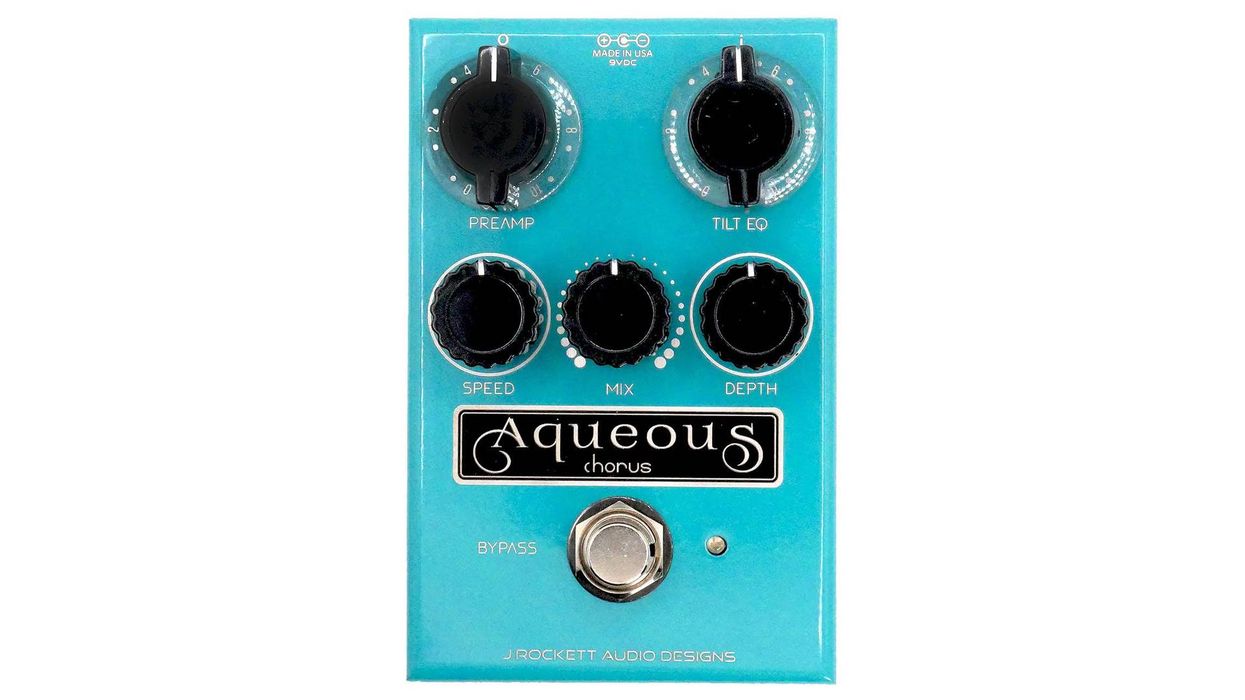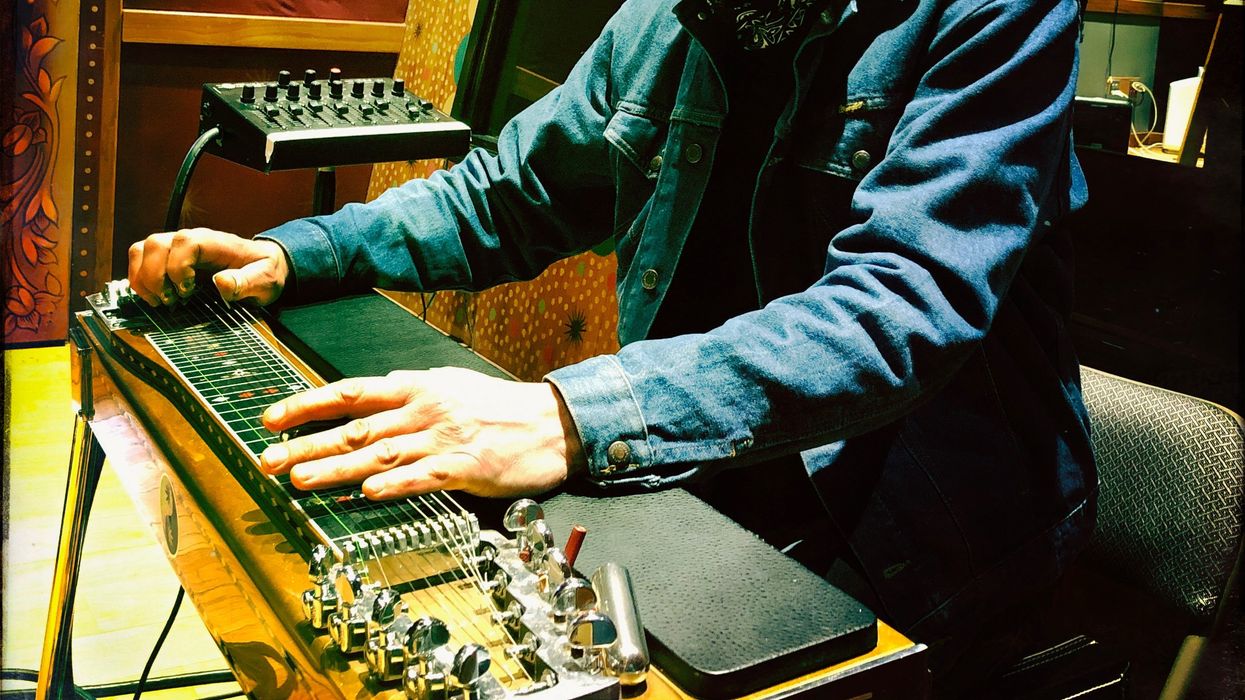Almost from the moment we’re seduced into the world of guitar, we’re immersed in a culture that’s basically obsessed with “vintage” gear. And the more hours we rack up bombarding our brains with the images, sounds, and words of iconic players who wield worn instruments of yore, the more we subconsciously sink into a mindset that associates the music we love with the look, make, model, and year of the gear.
The obsession typically starts with instruments and amps from some supposed “golden age” for big manufacturers like Fender, Gibson, Marshall, Vox, Martin, Gretsch, and perhaps Rickenbacker. But the longer you live in this world, the more you realize its horizons extend to all sorts of gear from here and abroad—much of which was of limited appeal and esteem when originally released. How old you are and the music you prefer tend to define what constitutes both your holy-grail gear and the sacred halcyon period.
This tendency to ascribe magical powers to gear that, not too long ago, was simply considered “old” isn’t necessarily helped by the interviews we take in, nor by the oft-inflated prices and questionably worded descriptions we see in auctions and for-sale-by-owner ads—the latter of which often attribute the mighty V word to just about anything that’s a little beat-up looking and/or no longer in production.
On one hand, it makes plenty of sense to lust after this stuff: If it helped our heroes make the sounds that worked their way into our hearts, then maybe it’ll help us do so. Of course, there’s a more subtle psychology to it, too: Besides perceiving the actual technical capabilities afforded by a piece of gear’s specs and features, the more primal parts of our mind tend to imbue the gear with talisman-like powers due to its association with music and players we admire. But it goes even deeper than that. The more we fall in love with and get better at the glorious world of creating something from nothing using these taut wires and air vibrations, the more time and money we feel we should spend on it. We need to show how much we care not just with how our music sounds, but with how we look while doing it.
By wearing a guitar or standing alongside an amp that looks like what our chosen crowd has seen bona fide guitar legends use, we take on a badge of credibility that—we think—demands we be taken more seriously. The vintage Strat, Paul, Super Lead, Electric Mistress, etc., signal that, hailing from the faraway land of Crappy Playing Newbs, we have now arrived on the shores of Grand Musical Accomplishment to stand alongside well-known forebears.
But let’s step away from all of that for a sec and be real. The only things you’re guaranteed when you plunk down cash for “vintage” gear are funky smells and a bank account balance that’s depleted more than it needs to be. Further, you’re likely in for either immediate or impending pains in the neck—quite literally, in the case of guitars and basses whose frets, fretboards, and necks may need lots of TLC.
Don’t get me wrong—there absolutely is amazing gear from the past. Some of it was made much more lovingly and with greater attention to detail and longevity than other gear. In my opinion, this can be particularly evident with amps and electronics, though it’s a vast, naïve assumption to think it applies across the board. While some gear from yesteryear was manufactured using parts and techniques that held up better than certain products that made their way out of production-line factories in pursuit of high sales and profits, it’s foolishly simplistic to think either that being handwired assures reliability and quality tones, or that factory production equals garbage.
But the simple fact is, these days you really don’t need the old stuff to get tones that sound like your heroes. Virtually every manufacturer these days realizes the tones of yesteryear (and of certain guitar gods) are what sell, and many of them have done an impeccable job of making instruments, amps, and effects that get you well inside the ballpark of your heroes for a fraction of the price of irrationally coveted old gear. That doesn’t mean you don’t have to do some homework and research, and it certainly doesn’t mean that you shouldn’t keep your eyes peeled for the rare find of killer vintage gear in some grandma’s attic. But beyond that, why not stake your claim to make your own visual and sonic statements without going into hock—and with the realization that, in the end, it’s really a player’s time, love, and care that yield moving tunes?













![Rig Rundown: Russian Circles’ Mike Sullivan [2025]](https://www.premierguitar.com/media-library/youtube.jpg?id=62303631&width=1245&height=700&quality=70&coordinates=0%2C0%2C0%2C0)




